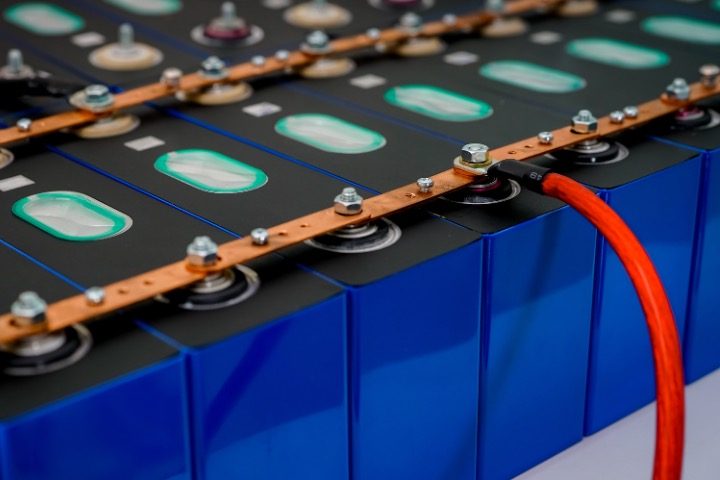
Proving that fossil fuels are still necessary in this brave new world of renewable energy, a Kansas plant dedicated to producing electric vehicle batteries will require power from a coal plant for the next few years. The new Panasonic lithium-ion battery manufacturing facility in De Soto, Kansas, will require between 200-250 megawatt hours of energy in order to operate — roughly the equivalent energy needs of a small city.
The energy needed to power the plant will require Evergy, the utility serving the factory, to continue burning coal at a power plant near Lawrence, Kansas. The plant is set to receive $6.8 billion courtesy of the Inflation Reduction Act, which was supposed to mark “the most significant action Congress has taken on clean energy and climate change.”
Yet, even the Inflation Reduction Act initiatives still need to burn coal, which is considered the dirtiest of fossil fuels.
“I met with senators and representatives who understand that we’re going to need coal for far longer than people are talking about,” said Emily Arthun, the CEO of the American Coal Council. “People are starting to understand that energy needs are increasing, and these premature [coal-fired power plant] closures are a liability.”
Although renewables are supposedly the future of the nation’s power grid, it seems as if the old, dirty fossil fuels will be needed to assure that future “green” industries have a reliable source of power. According to Evergy, in order to power the EV battery plant in Kansas, coal will need to be burned at the plant near Lawrence until at least 2028. The plant’s coal-fired Unit 4 was originally scheduled to be retired late this year or in early 2024.
In addition, another unit will continue to use coal after it was scheduled to transition to operating on natural gas. That transition will also be delayed until 2028 at the earliest.
“Beyond the sheer magnitude of load and load factor, Panasonic’s construction schedule, and, in turn, its energy needs, are being planned on a very aggressive schedule. With energy needs starting to ramp [up] in 2024 and full load requirements by 2026, there is urgency to procure capacity and energy to fulfill the expected energy usage schedule,” said Kayla Messamore, Evergy’s vice president of strategy and long-term planning.
It’s yet another example of the Biden administration’s rush to electrify everything creating more emissions than it saves.
“Kilowatts don’t just fall out of the sky,” said Wyoming Representative Cyrus Western (R). “That electricity has got to come from somewhere. It’s not going to come from solar farms and wind turbines.”
Western conceded that renewables such as wind and solar can be a source of “auxiliary supplemental power,” but fall short of being a reliable supply of energy long term.
“This administration wants to put lipstick on a pig, but it’s still a pig,” he said.
Even Democrats concede that the rush to electrify is bringing unforeseen circumstances, such as rate increases for customers.
“This entire project was presented to us on a hurried basis without enough consideration and now it appears the bill is coming due and I fear it’s going to continue to come due,” said Kansas Representative John Carmichael, a Democrat.
In their headlong rush to put the entire American population into electric vehicles, the Biden administration is ignoring a lot. As of now, there is no reliable source of energy to power these vehicles without fossil fuels. As this story shows, even the manufacturing of the batteries needed to power such vehicles requires an increase in the use of fossil fuels. Beyond that, these vehicles must be powered by large amounts of electricity. Without fossil fuels, there’s no way to power these “emissions free” vehicles.




